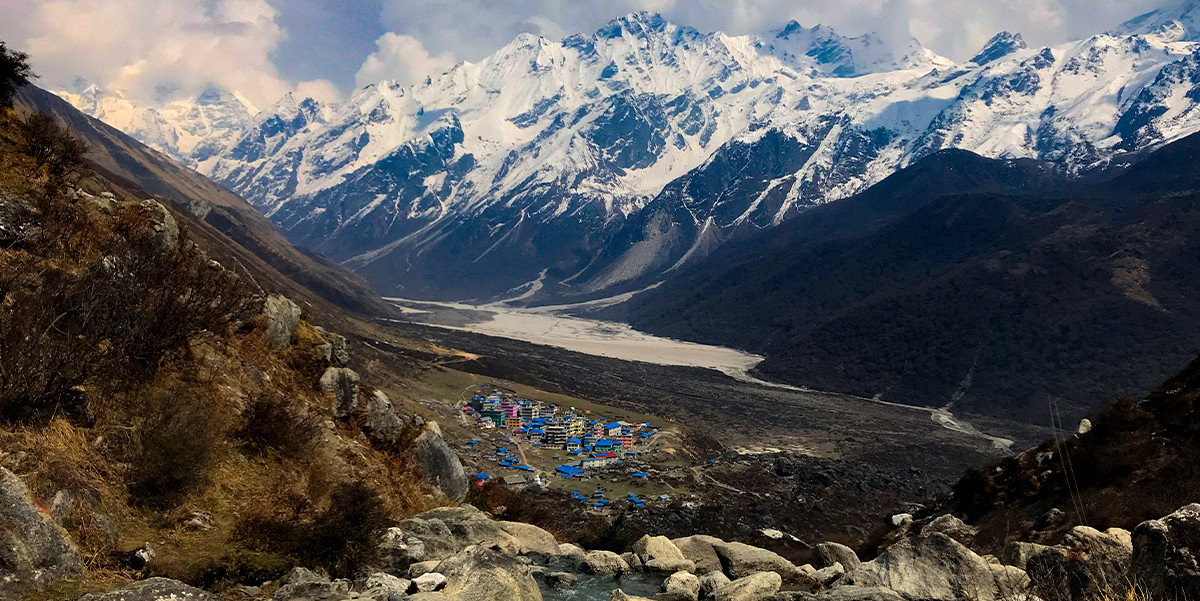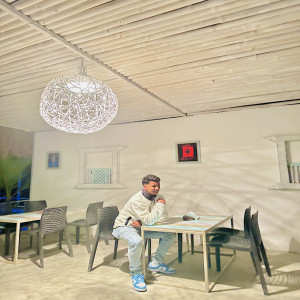Poon Hill Trek
The Poon Hill Trek, also known as the Ghorepani Poon Hill Trek, is one of the most popular short treks in the Annapurna region of Nepal. It offers a wonderful opportunity to immerse oneself in the beauty of the Himalayas over just a few days, making it an ideal choice for those who do not have the time for longer expeditions but still want a genuine Himalayan trekking experience. Here are the key details and highlights of the Poon Hill Trek:
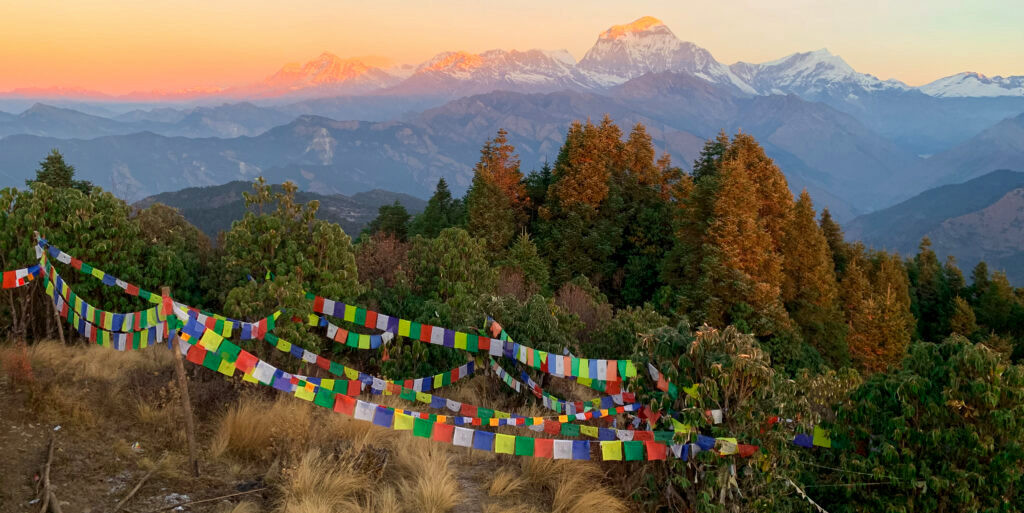
Overview
-
Duration: 4-5 days
-
Difficulty: Easy to moderate
-
Starting/Ending Point: Nayapul, about 1-1.5 hours drive from Pokhara
-
Maximum Altitude: 3,210 meters (10,531 feet) at Poon Hill
-
Best Seasons: Spring (March to May) and Autumn (October to November) are the best times to trek, offering clear skies and moderate temperatures.
Highlights
Breathtaking Panoramas
-
The summit of Poon Hill provides a spectacular 360-degree view of the Annapurna and Dhaulagiri mountain ranges, including several over-8000-meter peaks such as Annapurna I, Dhaulagiri, and Manaslu.
-
The sunrise view from Poon Hill is renowned worldwide, where the early morning light bathes the snow-capped peaks in brilliant hues of orange and pink.
Cultural Experience
-
The trek passes through charming Gurung and Magar villages, offering trekkers a chance to observe the daily lives and cultural practices of the local communities.
-
Many of the villages along the route feature traditional tea houses where trekkers can interact with the locals and experience Nepali hospitality.
Natural Beauty
-
The trek traverses beautiful rhododendron forests, which are especially vibrant during the spring when the flowers are in full bloom.
-
The route offers scenic landscapes of terraced fields, lush forests, and rich biodiversity, making the journey visually appealing throughout.
Why Choose the Poon Hill Trek: This trek is particularly popular among those new to trekking or those limited by time because it doesn't require high altitude acclimatization and offers a well-balanced mix of natural beauty, physical challenge, and cultural immersion. It's also family-friendly, making it an excellent option for trekkers of all ages.
Whether you're looking for stunning mountain views, cultural insights, or just a refreshing escape into nature, the Poon Hill Trek promises a fulfilling and enjoyable adventure.
Langtang Valley Trekking
The Langtang Valley Trekking experience is a captivating journey into one of the most accessible trekking regions near Kathmandu, yet it is often overlooked in favor of its more famous cousins in the Everest and Annapurna regions. This trek offers an incredible mix of mountain scenery and unique cultural encounters, making it a fantastic option for those who wish to experience the beauty and hospitality of the Himalayas without venturing too far from the capital.
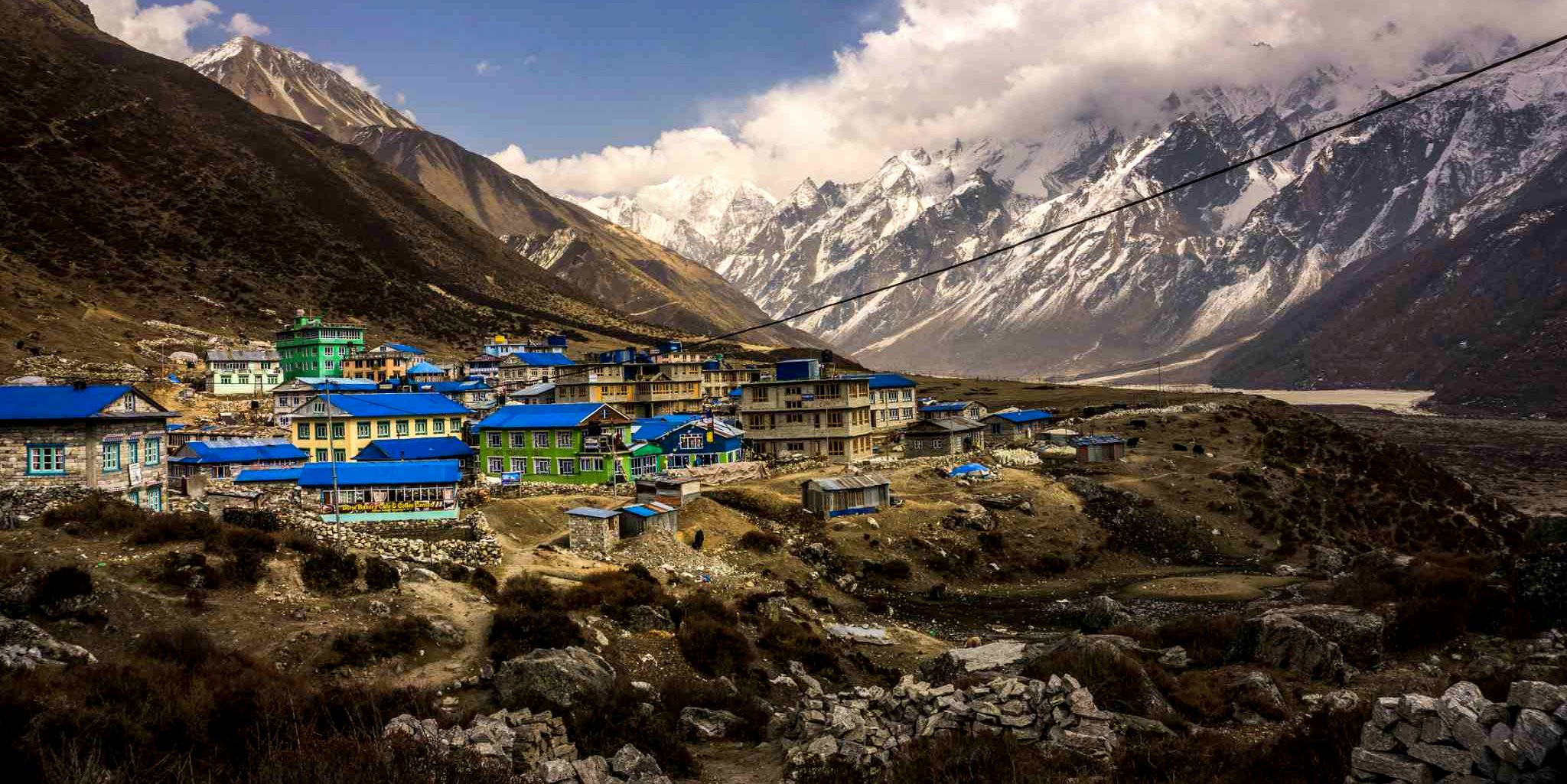
Overview
-
Duration: Typically 6-7 days
-
Difficulty: Moderate
-
Starting/Ending Point: Syabrubesi, which is about 7-8 hours drive from Kathmandu
-
Maximum Altitude: 3,870 meters (12,697 feet) at Kyanjin Gompa
-
Best Seasons: Spring (March to May) and Autumn (October to November) offer clear skies and stable weather, but it is also feasible to trek in winter for those who prefer a quieter trail.
Highlights
Spectacular Mountain Views
-
The trek provides panoramic views of Langtang Lirung (7,234 meters) and other Himalayan peaks. Additionally, the higher parts of the trek near Kyanjin Gompa offer close-up views of icefalls and glaciers.
-
A climb to Tserko Ri (4,984 meters) from Kyanjin Gompa is a popular side trip that offers expansive views of the Langtang range.
Rich Cultural Heritage
-
The region is primarily inhabited by the Tamang people, whose culture and traditions are heavily influenced by Tibetan Buddhism, evident in the numerous chortens, prayer wheels, and monasteries along the route.
-
Visiting Kyanjin Gompa, an important Buddhist monastery, provides insight into the spiritual practices that have shaped the local community.
Flora and Fauna
-
The trek traverses the Langtang National Park, home to diverse wildlife including the rare red panda, Himalayan tahr, and black bear.
-
The forests of the lower Langtang Valley are lush with rhododendrons and bamboo, which bloom vibrantly in the spring, adding a splash of color to the landscape.
Trekking Route: The trek starts from Syabrubesi, following the Langtang River through forests to the large settlement of Langtang village, which was rebuilt after being devastated by the 2015 earthquake. From there, trekkers proceed to Kyanjin Gompa, where they can explore local cheese factories and climb Tserko Ri for stunning mountain views. The return route typically follows the same path back to Syabrubesi.
Sustainability and Recovery: The Langtang Valley was one of the areas hardest hit by the 2015 earthquake in Nepal. Trekking in this region contributes to the local economy and supports rebuilding efforts, making it a responsible choice for conscious travelers.
The Langtang Valley Trek is ideal for those looking for a moderately challenging trek that combines natural beauty with cultural immersion. It is less crowded than other popular treks in Nepal, offering a more serene and intimate experience of the Himalayas. This trek is a great option not only for its proximity to Kathmandu but also for the opportunity to contribute to the recovery of a region moving forward with hope and resilience.
Mardi Himal Base Camp
The Mardi Himal Base Camp trek is a relatively newer and less crowded route in the Annapurna region of Nepal, providing a quieter alternative to the more popular treks in the area. This trek takes you off the beaten path towards the base of the beautiful and impressive Mardi Himal and the iconic Machapuchare or Fishtail Mountain. It's a perfect choice for those looking to explore pristine landscapes and enjoy breathtaking mountain views without the dense crowds.
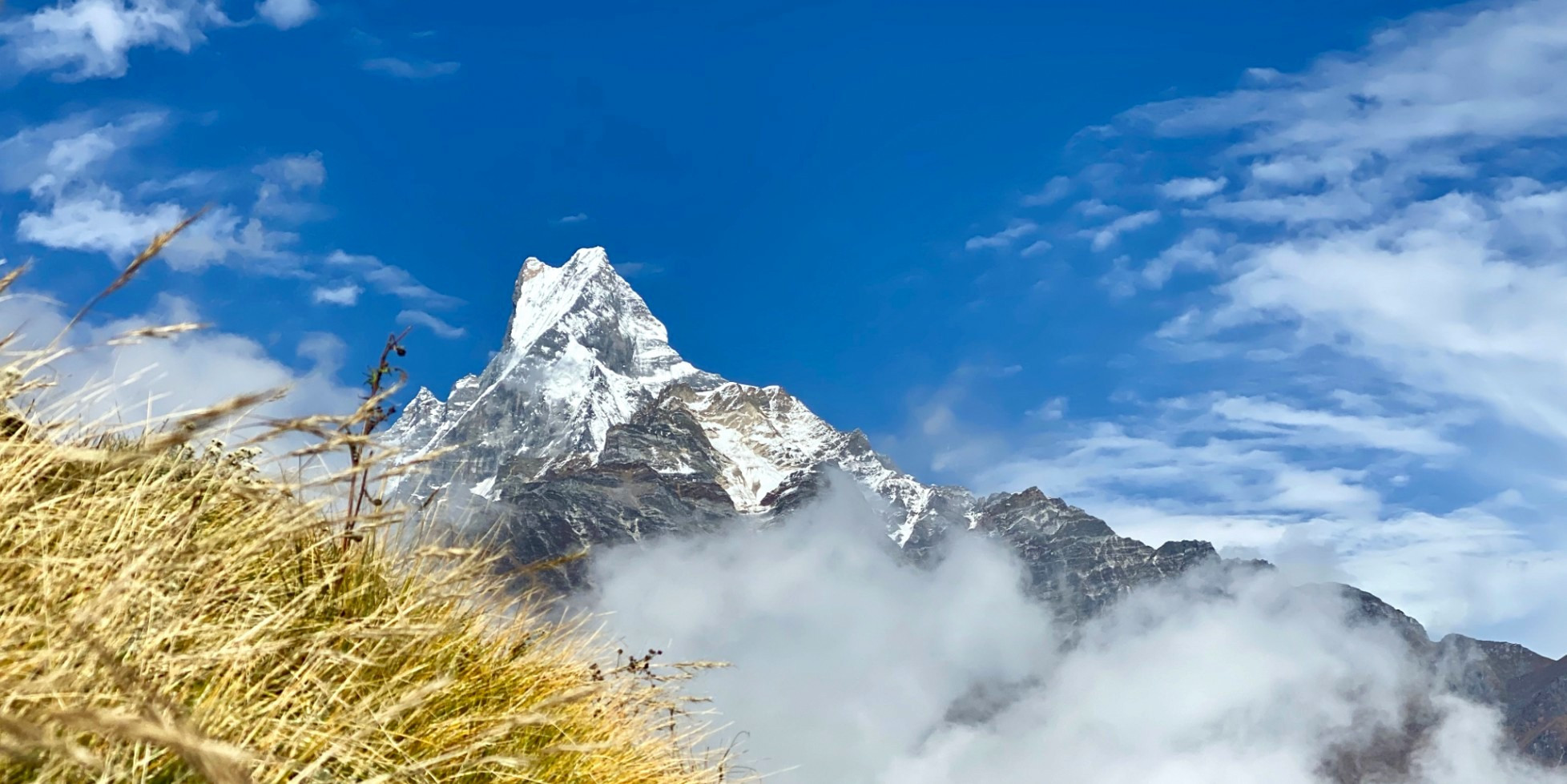
Overview
-
Duration: Typically 5-6 days
-
Difficulty: Moderate to challenging
-
Starting/Ending Point: Phedi or Kande, a short drive from Pokhara
-
Maximum Altitude: 4,500 meters (14,763 feet) at Mardi Himal Base Camp
-
Best Seasons: Spring (March to May) and Autumn (October to November) are ideal due to stable weather and clear skies.
Highlights
Stunning Mountain Views
-
The trek offers spectacular close-up views of Mardi Himal, Machapuchare (Fishtail Mountain), Annapurna South, and Hiunchuli. The journey provides a unique perspective of these famous peaks from various angles and elevations.
-
The viewpoint just above High Camp offers some of the best panoramic vistas, especially at sunrise when the peaks glow with the morning light.
Varied Terrain
-
The path leads through lush rhododendron forests, alpine meadows, and rugged mountain terrain, which showcases the ecological diversity of the Annapurna Conservation Area.
-
The trail progressively gets more challenging as it ascends, making it an exciting and rewarding trek for those who are looking for a bit more adventure.
Remote and Peaceful
-
As one of the lesser-known treks in the Annapurna region, Mardi Himal offers a peaceful trekking experience, away from the commercial trekking atmosphere found in more popular routes like the Annapurna Base Camp or Poon Hill.
-
This trek is ideal for those seeking solitude and a close connection with nature.
Trekking Route: The trek typically starts at Phedi or Kande after a short drive from Pokhara. The initial days involve trekking through dense forests to reach Forest Camp and then on to Low Camp and High Camp. Each of these stops presents progressively more dramatic views of the Annapurna range. The final push to Mardi Himal Base Camp often started pre-dawn to catch the sunrise over the Himalayas, a truly unforgettable experience. The descent typically follows the same route back to High Camp, Low Camp, and then to Siding Village, from where a drive back to Pokhara concludes the trek.
The Mardi Himal Base Camp trek is an excellent option for those looking to explore the quieter side of the Annapurna region. Its relatively short duration and moderate level of difficulty make it suitable for trekkers with a decent level of fitness who may not have extensive high-altitude experience. The trek's growing popularity is a testament to its beauty and the rewarding trekking experience it offers, making it a must-try for enthusiasts looking to capture the essence of the Himalayas in a less-trodden way.
Ghandruk Trek
The Ghandruk Trek, also known as the Ghandruk Loop, is a delightful and scenic journey that is one of the most popular short treks within the Annapurna region of Nepal. This trek offers an excellent mix of natural beauty and cultural exposure, making it an ideal option for those looking to experience the Himalayan landscape and traditional Nepali village life in a relatively short period.
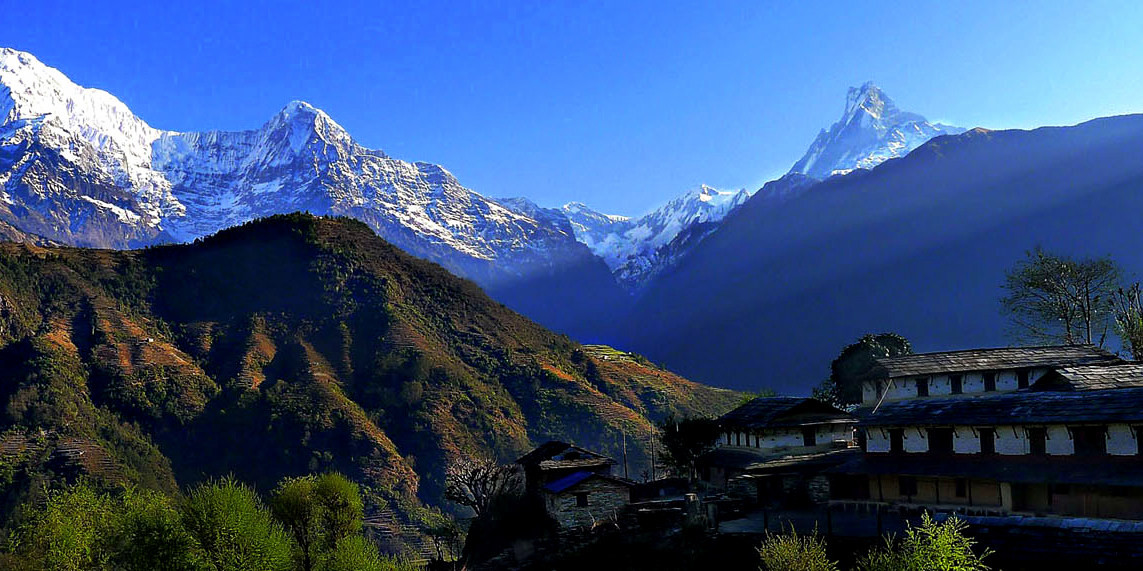
Overview
-
Duration: 3-5 days
-
Difficulty: Easy to moderate
-
Starting/Ending Point: Nayapul, which is about 1-1.5 hours drive from Pokhara
-
Maximum Altitude: 2,012 meters (6,601 feet) at Ghandruk
-
Best Seasons: This trek can be enjoyed year-round, but the best weather conditions are generally during spring (March to May) and autumn (October to November).
Highlights:
Stunning Mountain Views
-
Ghandruk offers impressive views of the Annapurna South, Gangapurna, Annapurna III, Hiunchuli, and Machapuchare (Fishtail Mountain). The village's vantage point provides a panoramic backdrop that is simply breathtaking.
-
The trekking route itself passes through varied landscapes, including terraced fields, lush forests, and vibrant rhododendron trees, especially stunning when in full bloom during the spring months.
Rich Cultural Experience
-
Ghandruk is a large Gurung village, and it plays a significant role in showcasing the Gurung culture. Visitors can explore the Ghandruk Cultural Museum within the village to learn more about local customs, traditional clothing, and lifestyle.
-
The hospitality of the local community is warm and welcoming, with many tea houses and lodges run by local families, offering a genuine taste of Nepali village life.
Accessibility and Suitability
-
The trek is relatively easy, with well-marked trails and gradual ascents, making it suitable for families with children, beginner trekkers, and those who do not wish to tackle more strenuous routes.
-
Because of its proximity to Pokhara and the short duration, the Ghandruk Trek can be easily incorporated into broader Nepal travel plans, making it perfect for those with limited time but a strong desire to experience trekking in the Himalayas.
Trekking Route: The typical Ghandruk Trek starts from Nayapul, a short drive from Pokhara. From Nayapul, trekkers walk to Ghandruk via Kimche, experiencing beautiful river views and passing through small villages and terraced farm fields. After spending a night or two in Ghandruk and exploring the village and its surroundings, the route continues to Jhinu Danda, where trekkers can relax in natural hot springs. The trek concludes with a walk back to Nayapul and a drive to Pokhara.
The Ghandruk Trek is an excellent choice for those looking for a cultural trek that combines easy hiking with spectacular natural beauty and authentic local experiences. It's a perfect introduction to trekking in Nepal, providing a comprehensive Himalayan experience without the need for extensive preparation or advanced physical fitness. With its stunning views, rich culture, and accessibility, the Ghandruk Trek remains one of the most beloved short treks in the Annapurna region.
Helambu Cultural Trek
The Helambu Cultural Trek is a fascinating journey through a region renowned for its scenic beauty and rich cultural heritage, situated just north of Kathmandu. This trek is known for being more culturally oriented with less touristic traffic compared to Nepal's more famed routes, offering a unique experience that delves deep into the heritage of the Hyolmo people of the Helambu region.
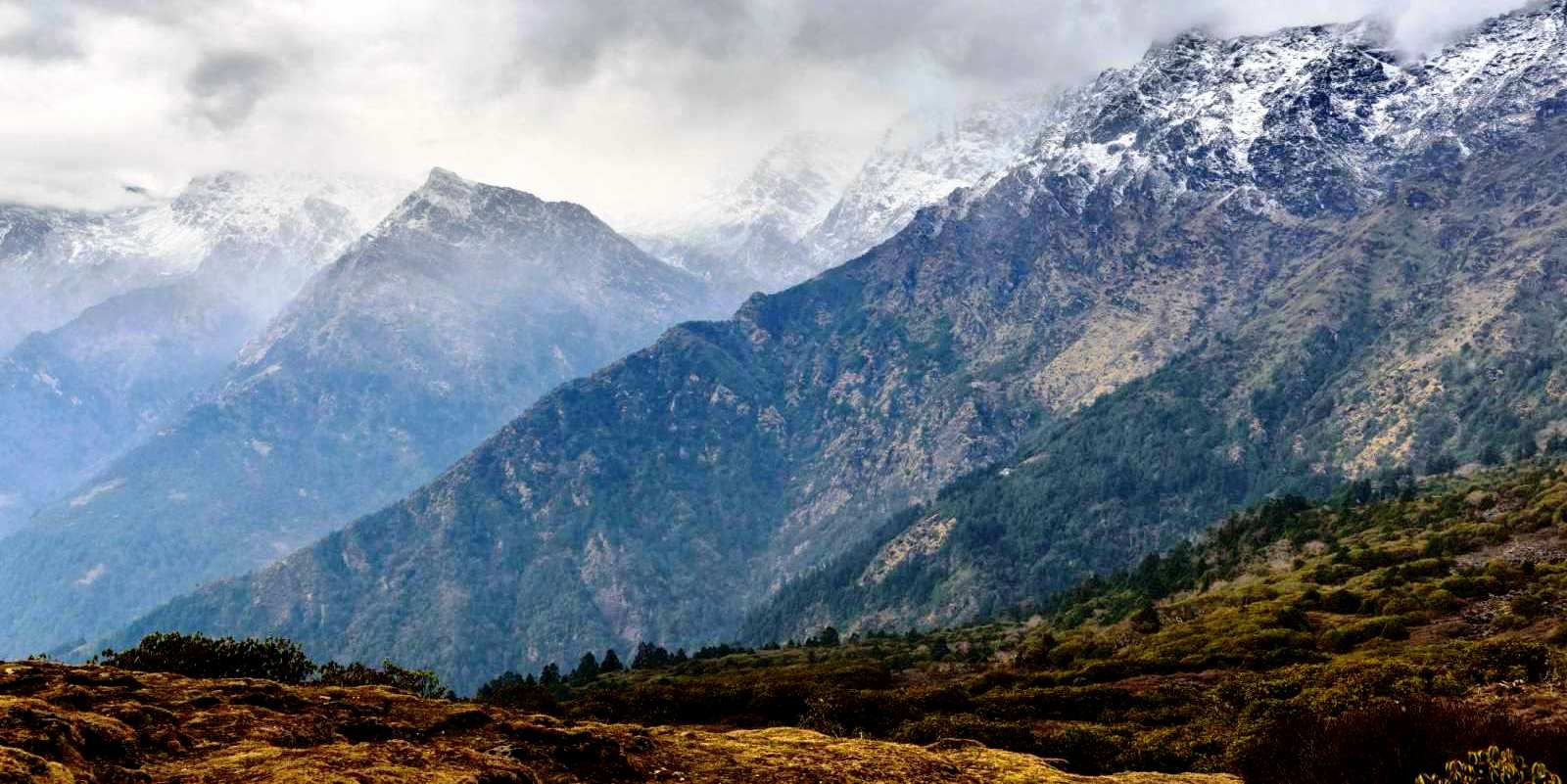
Overview
-
Duration: 6-7 days
-
Difficulty: Moderate
-
Starting/Ending Point: Sundarijal, which is about an hour’s drive from Kathmandu
-
Maximum Altitude: 3,650 meters (11,975 feet) at Tharepati Pass
-
Best Seasons: Autumn (October to November) and Spring (March to April) offer the best weather conditions and clear views, though the trek can be accessed year-round.
Highlights
Cultural Immersion
-
The trek offers a deep dive into the culture of the Hyolmo people, whose traditions and way of life have been preserved for generations. The region is dotted with vibrant Buddhist monasteries, chortens, and prayer flags that add to its spiritual ambiance.
-
Villages like Tarkeghyang and Sermathang are known for their hospitality and well-preserved cultural identity, providing trekkers with a unique insight into local customs and lifestyle.
Scenic Landscapes
-
The trek traverses diverse landscapes, from lush rhododendron and bamboo forests to alpine pastures and rugged mountain vistas. The views across to the peaks of Langtang and even Everest on clear days are particularly stunning.
-
The path through the Helambu region is less traveled, which means it offers more pristine natural environments and peaceful walking conditions.
Accessibility
-
One of the great advantages of the Helambu Cultural Trek is its proximity to Kathmandu, making it a convenient option for those with limited time who still want to experience a genuine trekking experience in the Himalayas.
-
The moderate difficulty level of the trek makes it accessible to a wide range of fitness levels, appealing to both novice trekkers and experienced adventurers.
Trekking Route: The trek typically begins at Sundarijal, an hour’s drive from Kathmandu, where the trail climbs through the Shivapuri National Park. The route leads to Chisapani, Kutumsang, and Tharepati before descending to the culturally rich villages of Tarkeghyang and Sermathang. The trek concludes at Melamchi Pul Bazar, from where it's a short drive back to Kathmandu.
The Helambu Cultural Trek is an excellent choice for those looking to explore authentic Nepali culture and enjoy beautiful landscapes without venturing too far from Kathmandu. It offers a peaceful trekking experience with fewer crowds, providing a more intimate glimpse into the life and traditions of the Himalayan people. The combination of cultural richness, scenic beauty, and accessibility makes this trek a compelling choice for those interested in a culturally immersive experience in the Himalayas.
Tips for Top 5 One Week Treks in Nepal
Trekking in Nepal is an unforgettable adventure, offering stunning landscapes and rich cultural experiences. Here are some tips to help you make the most of your experience on the top five one-week treks in Nepal:
General Tips for All Treks
-
Choose the Right Season: The best times for trekking in Nepal are during the spring (March to May) and autumn (October to November) seasons. These months offer clear skies, stable weather, and the best mountain views. Monsoon season (June to September) should generally be avoided due to heavy rains and obscured views.
-
Get Insured: Always have travel insurance that covers high altitude trekking and medical evacuation. The trails can be remote, and it's crucial to be prepared for any emergency.
-
Pack Light and Right: Packing efficiently is key. Essential items include layers for changing temperatures, a good quality sleeping bag, hiking boots, a first-aid kit, water purification tablets, and a comfortable backpack. Don’t forget sunscreen and sunglasses to protect against the sun at high altitudes.
-
Stay Hydrated: The risk of dehydration is higher at altitude, and it can also increase susceptibility to altitude sickness. Drink plenty of water throughout your trek.
-
Acclimatize Properly: Even though these treks are relatively short, they can still reach considerable altitudes. It’s important to acclimatize properly to avoid altitude sickness. Take it slow and include acclimatization days if necessary.
Health and Safety
-
Monitor Your Health: Be alert for signs of altitude sickness, which can include headaches, nausea, and dizziness. Descend immediately if symptoms persist or worsen.
-
Respect Local Customs: Nepal is rich in cultural diversity; respecting local customs and traditions will enrich your trekking experience and ensure harmonious interactions with local communities.
These tips can help you enjoy a safe and rewarding trekking experience in Nepal, allowing you to focus on the stunning scenery and unique cultural encounters that await.
Best Time for Top 5 One Week Treks in Nepal
The best times to embark on one-week treks in Nepal, including the top treks like Poon Hill, Langtang Valley, Mardi Himal, Ghandruk, and Helambu, are during the spring and autumn seasons. These periods offer optimal weather conditions, clear skies, and the best visibility of the mountains, which are crucial for a rewarding trekking experience.
Spring (March to May)
Spring is one of the most popular trekking seasons in Nepal for several reasons:
-
Weather: The weather is generally stable with warm temperatures, making it comfortable for trekking.
-
Visibility: The skies are usually clear, offering excellent views of the Himalayan peaks.
-
Nature: This is the time when flowers, especially rhododendrons, are in full bloom, adding spectacular colors to the trails.
Autumn (October to November)
Autumn is considered the best season for trekking in Nepal due to:
-
Weather: Post-monsoon, the weather stabilizes and cools down, providing ideal trekking conditions with little rainfall.
-
Visibility: The air is fresh and clear after the monsoon rains, offering some of the best mountain views.
-
Festivals: Autumn coincides with several Nepali festivals, including Dashain and Tihar, providing trekkers with a unique cultural experience.
Off-Peak Seasons
While spring and autumn are the best times to trek, the off-peak seasons also have their advantages:
Summer/Monsoon (June to September)
-
Challenges: The monsoon season brings heavy rains, slippery trails, and potential leeches. Mountain views are often obscured by clouds.
-
Advantages: The trails are less crowded, and the landscape is lush and green. Some regions like the Upper Mustang or Dolpo, which lie in the rain-shadow area, are still suitable for trekking during monsoon.
Winter (December to February)
-
Challenges: Winter can be very cold, especially at higher altitudes, with snow and ice possibly closing high passes.
-
Advantages: The trails are less crowded, and the mountain views can be crystal clear on days with good weather. Lower altitude treks like the Poon Hill and Ghandruk Loop are still accessible and offer serene trekking conditions.
Choosing the right time for trekking in Nepal can greatly influence your experience, so it’s important to consider what you want out of the trek and plan accordingly.
Nepal's diverse array of one-week treks offers something unique for every trekker, whether you are seeking breathtaking mountain views, rich cultural encounters, or the serenity of less-traveled paths. Each trek, from the picturesque Poon Hill to the culturally rich Helambu, provides a distinct experience that captures the essence of the Himalayas. The best times to embark on these adventures are during the spring and autumn seasons when the weather is most favorable, and the landscapes are at their most vibrant. Trekking in Nepal is not just about enjoying the natural beauty; it's also an opportunity to engage with local communities and immerse oneself in the warmth of Nepali hospitality. Whether you choose the rhododendron-filled trails of the Langtang Valley, the quiet paths of Mardi Himal, or the traditional villages of the Ghandruk Loop, each trek promises a fulfilling and memorable journey. For those looking to explore the grandeur of the Himalayas within a limited timeframe, these top five one-week treks in Nepal offer the perfect blend of adventure, culture, and natural beauty.
FAQs for Top 5 One Week Treks in Nepal
Q: What is the best time to go on a one-week trek in Nepal?
A: The optimal trekking seasons in Nepal are spring (March to May) and autumn (October to November). These periods offer stable weather and clear skies, providing the best conditions for mountain views.
Q: Do I need a guide for one-week treks in Nepal?
A: While it's possible to trek independently, hiring a guide is advisable, particularly for those new to the region or trekking. Guides enhance safety, provide valuable insights, and can assist in emergencies, supporting the local economy.
Q: What kind of accommodation can I expect on these treks?
A: Accommodations typically consist of tea houses or guesthouses offering basic comforts, including shared rooms and communal bathrooms. Some popular trekking areas might have options for more upscale lodging.
Q: How fit do I need to be to complete a one-week trek in Nepal?
A: These treks are generally moderate in difficulty. Adequate physical fitness will make the trekking experience more enjoyable. Engaging in regular walking or hiking as preparation is recommended.
Q: Are permits required for these treks?
A: Yes, treks in Nepal typically require permits, such as the Annapurna Conservation Area Permit (ACAP) and a TIMS card for treks in the Annapurna region, and a Langtang National Park Permit and TIMS card for the Langtang and Helambu treks.
Q: How much does it typically cost to go on one of these treks?
A: Daily costs can range from $20 to $40, covering accommodations, meals, and permits. Additional expenses include guide/porter hire and transport to the trek's start point.
Q: What are the risks involved in these treks?
A: Risks include altitude sickness, physical injuries, and adverse weather conditions. Proper preparation, appropriate gear, staying informed about weather changes, and having trekking insurance can mitigate these risks.
Q: Can I trek during the monsoon season?
A: Trekking during the monsoon (June to September) is less ideal due to rain and limited visibility. However, rain-shadow areas like Upper Mustang and Dolpo remain viable options for trekking during this time.
For the Nepal tour, please click here.
If you are looking for different kinds of Nepal Tours or Trekking Packages, feel free to contact us.
